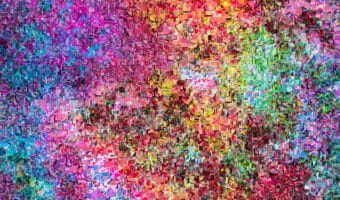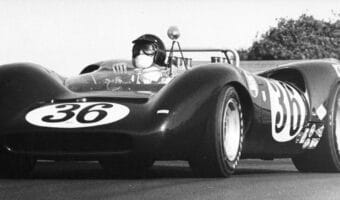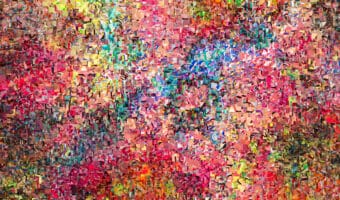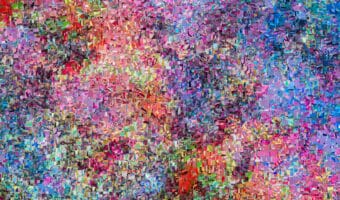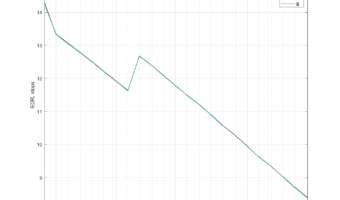I get asked this question a lot; so often that I’m going to write a general response. This doesn’t replace the personalized advice that I have given and will continue to give, but it will add to it. For whom is this article intended? I’m thinking of someone who already owns an interchangeable lens full… [Read More]
Another reason to keep your old images
During the late 1960s I took pictures of Can-Am and USRRC races for a magazine called Competition Press and Autoweek. I had lots of images of famous drivers like Dan Gurney, Bruce McLaren, Dennis Hulme, Jim Hall, Parnelli Jones, Mark Donohue, etc. During one of my moves in the 1970s almost all the negatives got… [Read More]
Fujifilm GFX 100S II summary
I’m not sure that further time spent with this camera is going to teach me much. I have the GFX 100 II, and the comparison to the S version is pretty simple: Fixed EVF on the S version, so the tilting EVF adapter can’t be used S version EVF is lower resolution, but that doesn’t… [Read More]
Good Enough
As I was driving this morning, Molly Tuttle’s Good Enough – a plea to avoid perfectionism – came on the radio. It got me thinking about art and the possibly misplaced search for perfection. As a design engineer, I found the concept of good enough to be ever-present. The design constraints always meant that the… [Read More]
Fujifilm GFX 100S II EDR
Lensrentals has loaned me a Fuji GFX 100S II for testing. Today I’m reporting on engineering dynamic range (EDR). In single shot mode at putative 14-bit precision: Same as the GFX 100 II, including the odd results at ISO 80, which in that camera was the result of gratuitous in-camera black point processing. In single… [Read More]
- 1
- 2
- 3
- …
- 570
- Next Page »
